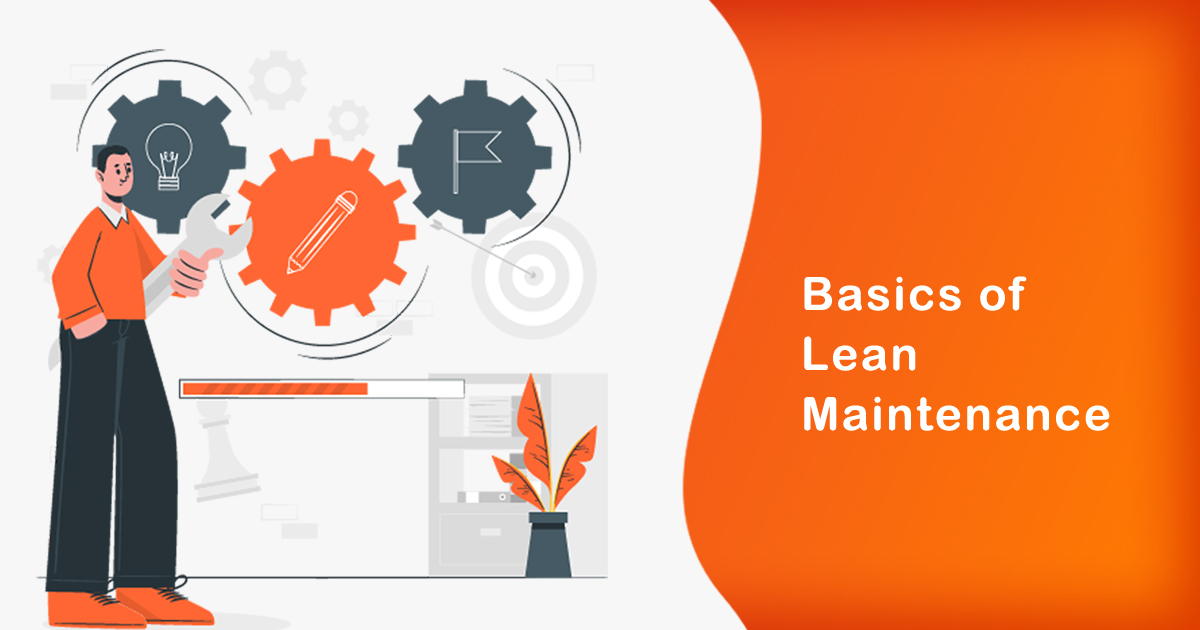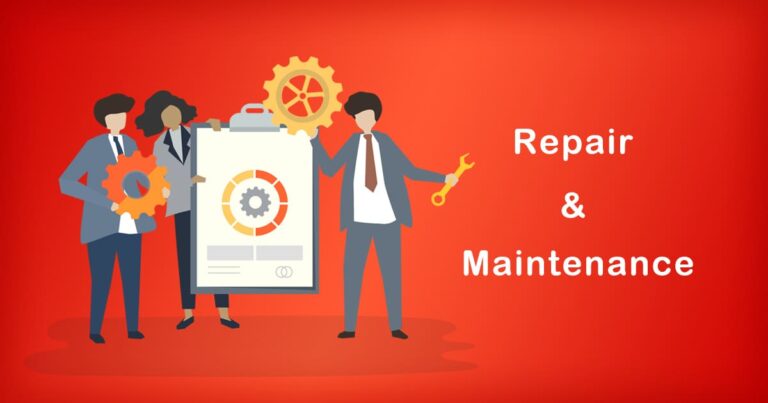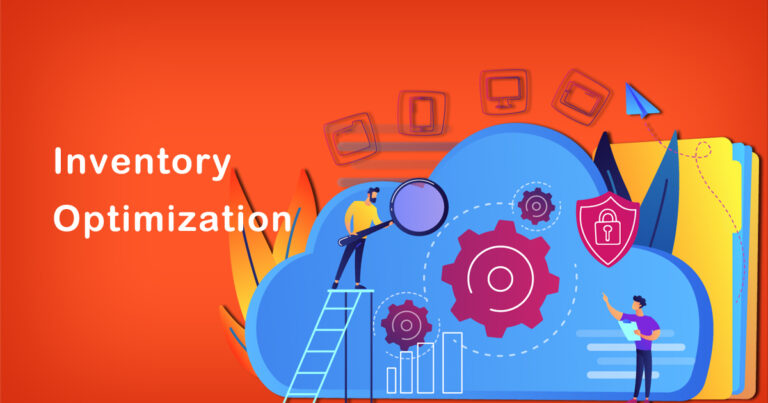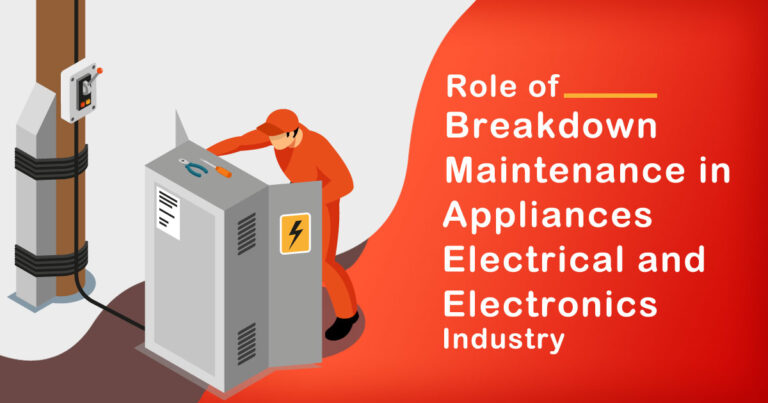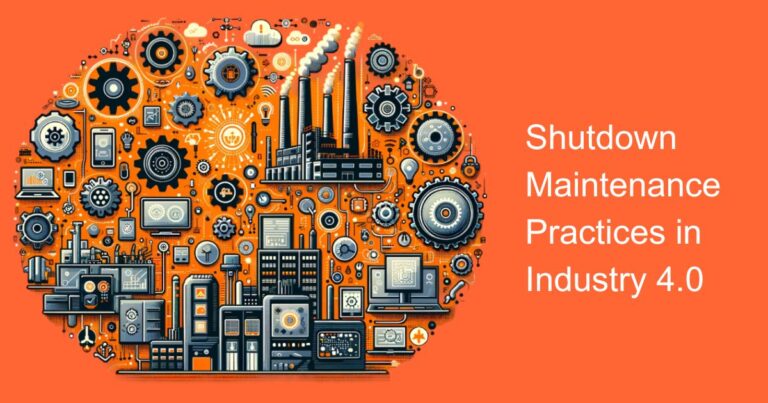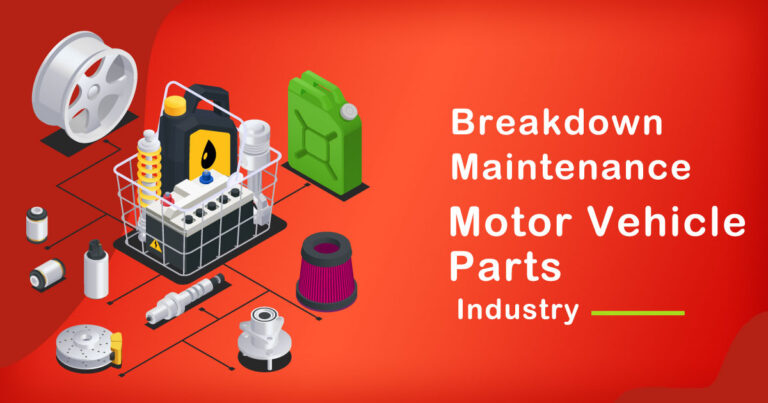Maintenance is an essential aspect of any industrial process, and it plays a crucial role in ensuring smooth and efficient production. However, traditional maintenance practices can be time-consuming and expensive, leading to increased downtime and reduced productivity. To address this issue, Lean Maintenance has emerged as a popular approach that focuses on optimizing maintenance activities and minimizing waste. In this blog, we will explore the basics of Lean Maintenance, key concepts, and principles, and its relevance in an Indian context.
What is Lean Maintenance?
Lean Maintenance is a maintenance philosophy based on the principles of Lean Manufacturing. It aims to minimize waste and maximize value by streamlining maintenance processes, reducing downtime, and improving asset performance. Lean Maintenance is not a one-time event but a continuous improvement process that involves identifying and eliminating waste in maintenance activities.
Key Concepts and Principles of Lean Maintenance
1. Total Productive Maintenance (TPM) – TPM is a key concept of Lean Maintenance that involves involving everyone in the organization in the maintenance process. It focuses on proactive and preventive maintenance to minimize downtime and improve asset performance. TPM aims to improve Overall Equipment Effectiveness (OEE) by maximizing equipment availability, performance, and quality.
2. 5S – 5S is a Lean tool that aims to improve workplace organization and efficiency. The five S’s stand for Sort, Set in order, Shine, Standardize, and Sustain. By implementing 5S, organizations can create a safer and more organized workplace that is conducive to efficient maintenance practices.
3. Kaizen – Kaizen is a continuous improvement philosophy that is central to Lean Maintenance. It involves a mindset of continuous improvement and the pursuit of excellence in all aspects of maintenance activities. Kaizen aims to identify and eliminate waste in maintenance processes continually.
4. Standardization – Standardization is a critical principle of Lean Maintenance. It involves creating standard procedures and work instructions to ensure that maintenance activities are consistent and efficient. Standardization also helps in training new employees and ensures that best practices are followed consistently across the organization.
Relevance of Lean Maintenance in India
In recent years, India has emerged as a manufacturing hub, with several industries such as automotive, pharmaceuticals, and electronics, among others, experiencing significant growth. However, many organizations in India still rely on traditional maintenance practices that can be time-consuming and expensive, leading to increased downtime and reduced productivity.
Lean Maintenance can help Indian organizations to overcome these challenges by optimizing maintenance processes, reducing downtime, and improving asset performance. By implementing TPM, 5S, Kaizen, and Standardization, organizations can create a culture of continuous improvement that leads to increased efficiency, reduced costs, and improved productivity.
Moreover, the Indian government has launched several initiatives such as Make in India and Atmanirbhar Bharat that aim to promote local manufacturing and self-reliance. Lean Maintenance can play a crucial role in achieving these objectives by improving the competitiveness of Indian manufacturing and increasing its contribution to the economy.
Conclusion
Lean Maintenance is a powerful approach that can help organizations optimize maintenance processes, reduce downtime, and improve asset performance. By implementing key concepts and principles such as TPM, 5S, Kaizen, and Standardization, organizations can create a culture of continuous improvement that leads to increased efficiency, reduced costs, and improved productivity. In the Indian context, Lean Maintenance can play a crucial role in promoting local manufacturing and achieving self-reliance, making it a vital tool for organizations looking to thrive in the current business environment.


